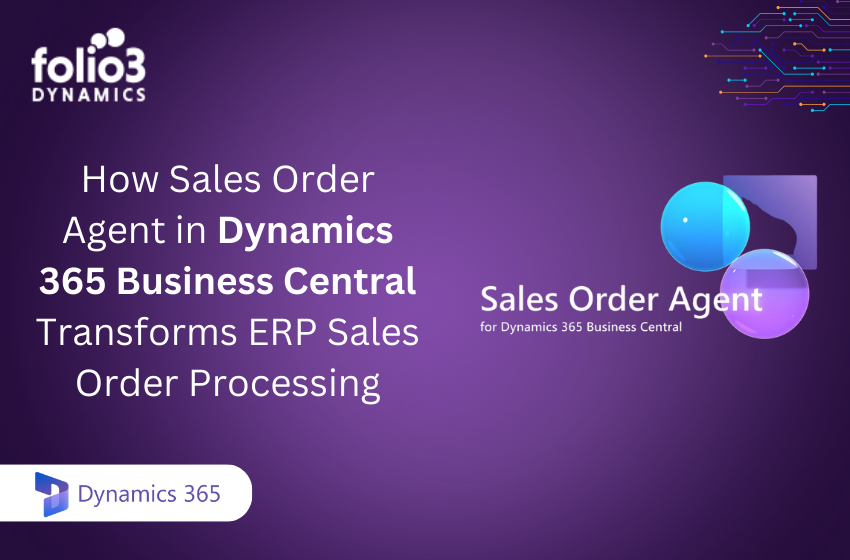Businesses constantly look for ways to optimize their overall performances and keep an eye on the progress of the company. This way, they can ensure customer satisfaction and offer better products to their customers.
If you have just stepped into the business industry, you must be wondering, how do these businesses do that? The answer is they use Key Performance Indicators (KPIs).
Usually, some people view innovation as an unquantifiable thing, but the reality is that businesses can quantify innovation with key performance indicators (KPIs).
Measuring and tracking innovation KPIs can be of great benefit to organizations. They can help businesses determine the progress of the company and ensure that they reach their business goals. This also helps them recognize all their weak points and make improvements when and where necessary.
This article is a guide about innovation KPIs and explains why they are so important for businesses to measure their overall performance. We will also discuss a few important and most commonly used innovation KPIs that can benefit an organization.
Key Performance Indicators (KPIs)
Key Performance Indicators or KPIs in simple words are metrics that help you optimize your performance by closely monitoring the processes in your business. These metrics are the quantifiable measurements used by companies all around the world to supplement their efficiency and estimate their performances in day-to-day operations to make improvements when and where required. This not only increases the overall productivity and efficiency of the company but also lets workers know their weak points.
Benefits of Key Performance Indicators for Businesses
Key Performance Indicators (KPIs) have been providing numerous benefits to almost every sort of business. Organizations have been using KPIs to optimize their performances and increase their productivity. KPIs are a great way to measure the success of a company and its employees. It helps businesses specify if they are running according to their business objectives or not and if they are following the right track to achieve their goals.
If you belong to the business industry, you must be aware of the term key performance indicators. But if not, here we explain a little about it:
- KPIs are used to estimate how successful an organization is at achieving its objectives. They help companies know if they are following the right path or not and if this path will lead them to success or not.
- KPIs, in addition to helping organizations achieve goals, are also used as a tool for measuring employee performance and satisfaction so that they can make sure they’re addressing any issues before they become more serious problems.
Innovation Key Performance Indicators (KPIs)
Innovation KPIs, or innovation key performance indicators, are metrics that are used by businesses all across the world for different purposes. Every business has its own priority. The majority of them use KPIs to measure their progress toward their business goals. Different industries use different types of KPIs depending on their business demands.
Normally, a business or an organization selects the innovation KPI based on its business goals. The selection of innovation KPIs also depends on the resources that are available to an organization for the collection of the data.
Once the data is collected over a period, it is compared to the business objectives or the standards set by the industry. After that, the organization makes the appropriate adjustments wherever required.
Importance of measuring Innovation Key Performance Indicators (KPIs)
Organizations and businesses all across the world have been using innovation KPIs to keep an eye on the current process happening in their companies. They wish to determine the efficiency of the processes and what improvements or adjustments need to be made in the production procedure.
KPIs are also very useful for guiding organizations about resource allocation which makes workers in the company responsible for their actions and also allows them to optimize their customer satisfaction.
There are several other benefits of using innovation KPIs. When a business uses KPIs to watch the progress of the company, it ensures that the company strives for innovation. This helps businesses maintain their reputation in the industry and stay competitive.
Additionally, tracking innovation KPIs allows for constant transformations in the company.
KPIs help businesses know if the new ideas have been successful or not and this way, organizations can ensure innovation becomes an essential part of their business models.
Examples of Innovation Key Performance Indicators (KPIs)
Next, we talk about the most important and the most common innovation KPIs preferably used by many businesses worldwide.
Engagement
Engagement is an important aspect of businesses that need to be measured at all costs. A company might want to assess engagement with innovation development in various ways. For example, a company may want to measure the total number of ideas generated by a team per quarter. This KPI also provides new innovative ideas to stakeholders so that they can be credited with such ideas and encourage them to continue developing such business ideas which can help their business succeed.
Actionable suggestions
New ideas can form the basis of success for a company, but not all of them prove to be beneficial for a company. Therefore, it is essential to see how many of them are actionable and can be beneficial for the company.
This KPI usually calculates how many ideas can move to development.
Predicted profitability
Stakeholders find it difficult to invest in new ideas if those ideas have uncertainty in them. Predicted profitability can help companies overcome these obstacles. This KPI helps stakeholders apprehend the idea and the potential value and then invest in them. Organizations that make use of this KPI are more likely to make stakeholders invest in their company and generate profits.
Actual profitability
Your company can measure the success of innovation by estimating the actual profitability. This KPI measures the gross revenue generated from a single product once it becomes available to the customers in the market. Profits generated can allow teams to develop other innovative ideas and work on them. These new ideas have to pass through the same selection criteria and once selected, can be put to the test.
Expenses
Some businesses find it useful to measure the initial expenses of an innovation. These can include the actual labor costs, materials, or time invested into these innovations. In the beginning, some businesses conclude that their profits are far lesser than their expenses because of the idea’s novelty. But with the development of the ideas, you will eventually find out how the profit margins have shifted and increased over time.
Cultural influence
Cultural influence is considered to be an obscure metric to measure. Yet, many businesses use this metric to determine the usefulness and success of the innovation.
Other Innovation KPIs
Although, the above-mentioned innovative key performance indicators are the most common ones used by the business, here are a few other examples of the innovative KPIs:
- Percentage of ideas that lead to innovation experiments
- Dedicated time for experiments
- Percentage of new products that stay in production after the first year
- Budget for Research and development
- Client’s satisfaction with the new services
- Willingness of employee to consider new ideas
- Changes in behavior of employee
Tips For Selecting The Right Innovation KPI:
Selecting the perfect innovative KPI may be a challenge for you. You need to keep a few things in mind while selecting innovative KPIs. Here are a few tips for you to help you in choosing the right innovation key performance indicator:
-
Balance metrics
Some organizations don’t realize the benefits of measuring innovative KPIs. KPIs have helped businesses provide significant results to their stakeholders including vendors, suppliers and investors thus increasing investments and satisfaction. This way, you can provide actual results to stakeholders and make the appropriate adjustments whenever required.
But something that needs to be kept in mind is to measure the necessary metrics only. There are many options to choose from but it is a waste of time to measure and track all such unnecessary metrics. This may make it challenging for you to focus on the metrics that matter.
-
Consider input vs. output metrics
Input metrics measure the contribution made in the innovation whereas output metrics measure the result of these inputs or the investments.
Inputs are generally useful to measure but you can not expect the input to always generate the output you expected.
How can Microsoft Dynamics 365 help with Innovative KPIs?
The key to success is to have a well-defined strategy in place and to make sure you’re measuring the right thing so that you can get the most out of your efforts. This can be tricky when it comes to innovation—you may not know if the new thing you’re trying is working until you see the results. That’s where Microsoft Dynamics 365 comes in: it helps you measure and analyze your data from anywhere in the world so that you can make decisions based on real information instead of guesswork.
FAQs
What Are Key Performance Indicators (KPIs)?
Key performance indicators (KPIs) are estimates used to assess the performance of a business. KPIs can be quantitative or qualitative and are targets that can help you estimate your overall progress against the most strategic objectives you follow in your logistics department.
Why are key performance indicators so important?
KPIs are important because they help you understand where you as an organization stand. It helps you set goals and gives you a deep insight into if you are making progress or not, if you are achieving your goals or not, and if you’re headed in the direction you want.
What KPI selection mistakes should you watch out for?
There are 2 common mistakes organizations usually make while selecting a KPI:
- Select KPIs you’ve always measured.
- Select KPIs that are the easiest ones to measure.


